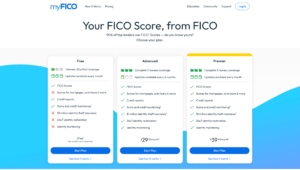 Defaulted homeowners can agree to bring their mortgage current over a period of time by paying an increased amount with a mortgage forbearance agreement.
Defaulted homeowners can agree to bring their mortgage current over a period of time by paying an increased amount with a mortgage forbearance agreement.
Forbearance is an agreement between the borrower and lender that reinstates the delinquent loan through the payment of a lump sum or a schedule of payments over a period of time, usually no more than 2 months.
The lender may add the amount in arrears to the mortgage payment for a short period of time until the amount in arrears is brought current.
Depending on the circumstances, the lender may allow you to negotiate a temporary suspension of your mortgage payments, setting aside any payments in arrears or; the lender, may allow a reduction in the amount of your mortgage payment.
Forbearance is not a good option if you have an adjustable rate mortgage (ARM) and the interest rate is not affordable. In this case a mortgage loan modification would probably suit your needs more appropriately.
Remember, forbearance is usually a temporary solution and will increase your monthly payments in order to bring the amount in arrears current.
As with loan modification you may need to prove whatever caused your financial difficulty is short term and that you are now able to make timely payments. A hardship letter should accompany your forbearance request. The hardship could be illness, either you or a family member, loss of income, disability, death of a spouse or even divorce.
In some instances, your lender may offer a special forbearance wherein you remain in your home, without making payments and without negative credit reporting, for a period of several months. Most forbearance agreements will not preserve your credit rating. Your mortgage payments will continue to be reported as “paid late” until you bring current your total amount in arrears.






















